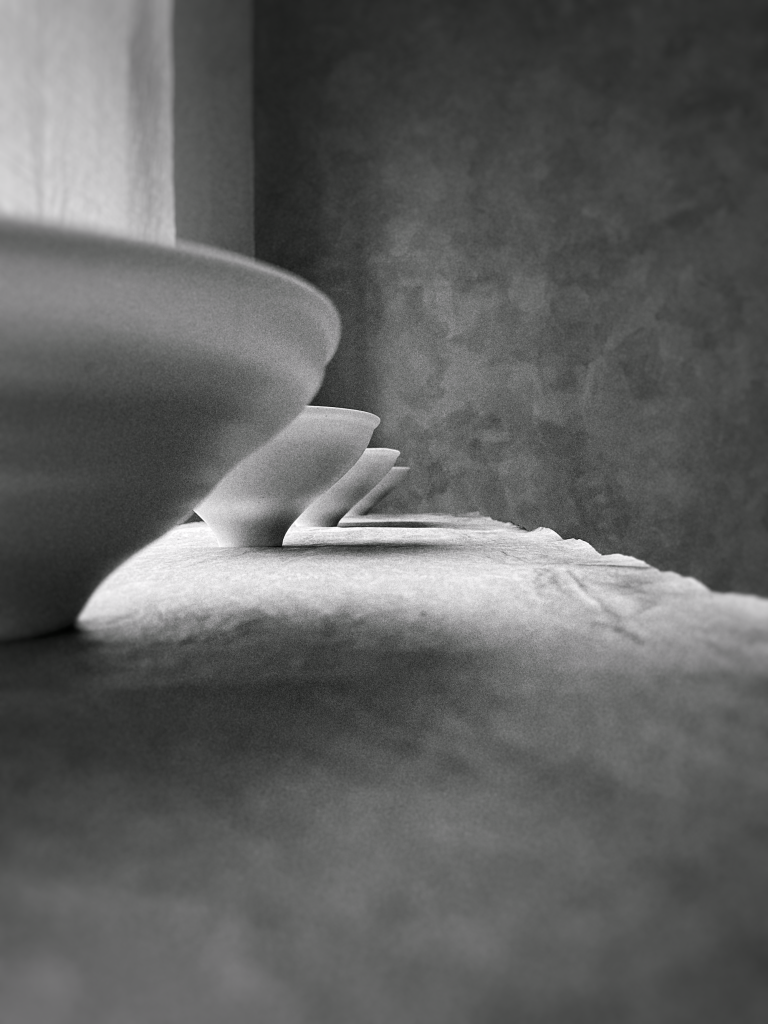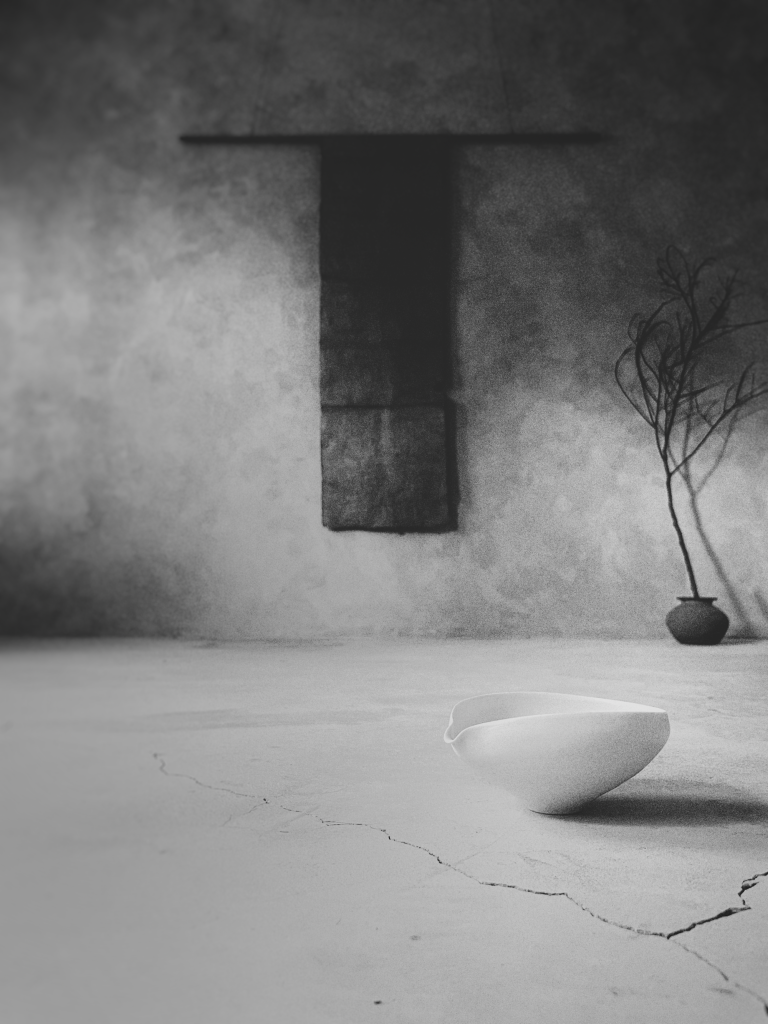shadow brushing light
the curve whispers soft and low —
silence tasting skin

A New Direction
I stand today
at a turning point in my practice.
A quiet, conscious shift —
a return to the lineage of my masters,
fully embraced.
This transformation has become clear.
It brought me back to the essential:
to the breath within each gesture,
to the silence held in form.
And most of all,
to the art of tea,
which remains at the heart of my work.
I have chosen to move away
from repetition in my creative process.
The white I now explore
has become sculptural —
a presence.
A distilled expression
of everything I have lived and learned.
I now dedicate my energy
to a few rare pieces.
Each one shaped slowly,
with precision,
with care,
with love.
These works do not extend my past.
They complete it.
And open the way
to a new breath.

